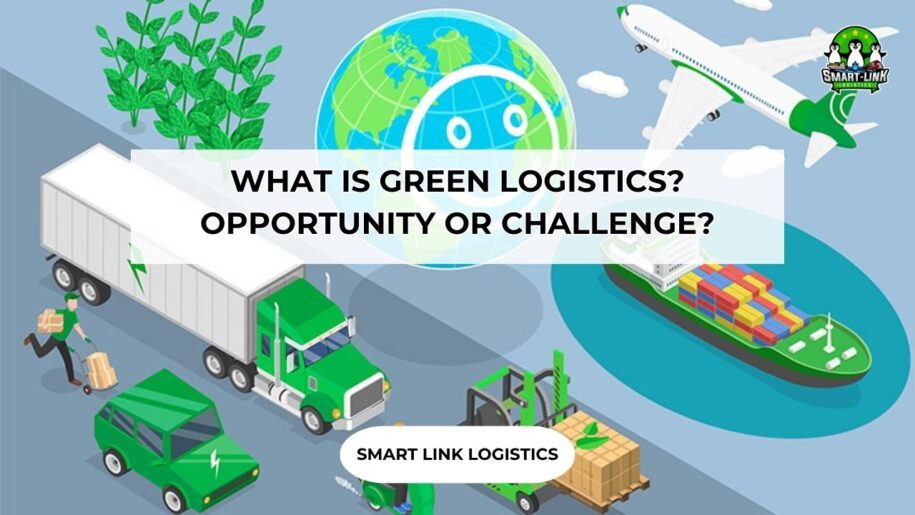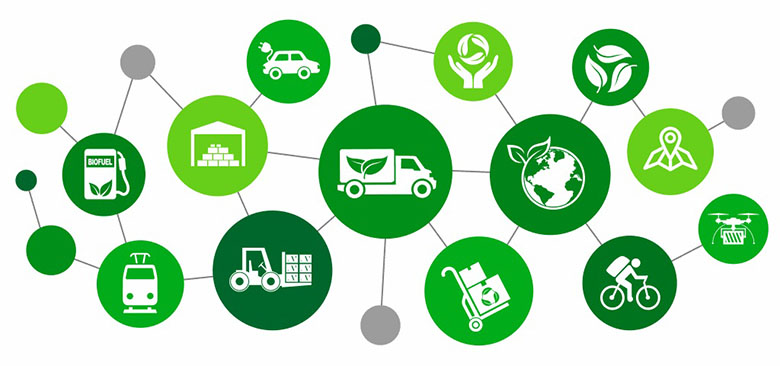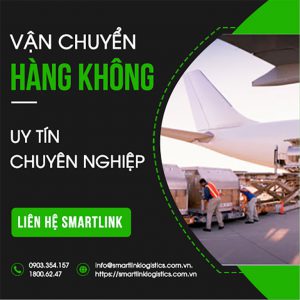
WHAT IS GREEN LOGISTICS? OPPORTUNITY OR CHALLENGE?
In the context of globalization and climate change, green logistics has become an irreversible trend. In Vietnam, this concept is gaining increasing attention from manufacturing, import-export, retail, and e-commerce businesses. Yet, a key question remains: does green logistics truly present a breakthrough opportunity, or is it a major challenge amid high costs and limited infrastructure? This article explores what green logistics really means — from its definition and benefits to its challenges and strategic directions for Vietnamese enterprises.
What is Green Logistics?
Green logistics refers to the management and operation of the supply chain aimed at minimizing negative environmental impacts throughout a product’s entire lifecycle — from sourcing raw materials, production, storage, and transportation to distribution and post-consumption processes.
Unlike traditional logistics, which focuses primarily on cost and speed, green logistics seeks to balance economic efficiency with environmental responsibility. A supply chain can be considered green when it:
-
Reduces greenhouse gas emissions (CO₂, NOx, PM, etc.);
-
Optimizes transport routes and vehicle utilization;
-
Adopts renewable energy and fuel-saving measures;
-
Manages packaging, waste, and reuse through reverse logistics;
-
Complies with ESG, Net Zero, and international environmental agreements.
In Vietnam, green logistics is still in its early stages but shows positive momentum, with the Government incorporating it into the National Green Growth Strategy to 2030 (Decision No. 1658/QĐ-TTg).

Why is Green Logistics an Inevitable Trend?
Several global and domestic factors are driving green logistics to become a mandatory requirement:
-
Pressure from international markets: Mechanisms like the EU’s CBAM (Carbon Border Adjustment Mechanism) require emission reporting across the entire supply chain.
-
Net Zero commitments: Vietnam aims to achieve net-zero emissions by 2050, making logistics a key focus sector.
-
Changing consumer behavior: There is a growing preference for products with eco-labels and low carbon footprints.
-
Global supply chain requirements: Local enterprises must meet ESG criteria set by multinational corporations to remain part of global supply networks.
Opportunities for Vietnamese Enterprises
Although initial investments can be costly, green logistics opens significant opportunities:
-
Access to high-value markets: Easier entry into markets such as the EU, Japan, and Canada, which have strict environmental standards.
-
Attracting ESG investment: Global investors and partners increasingly favor businesses with sustainable logistics models.
-
Long-term cost savings: Reduced fuel consumption, optimized transportation, and lower warehousing costs.
-
Enhanced brand reputation: Sustainability and social responsibility become a competitive advantage that builds customer trust and loyalty.
Major Challenges in Implementing Green Logistics in Vietnam
Despite its potential, green logistics faces several challenges:
-
Infrastructure limitations: Heavy reliance on road transport, lack of green vehicles, and underutilized rail and waterway systems.
-
Incomplete policy framework: Absence of national standards and limited tax or credit incentives for green initiatives.
-
Measurement and management difficulties: SMEs often lack tools to assess emissions or qualified personnel with ESG and green logistics expertise.
Solutions and Roadmap for Vietnamese Businesses
Enterprises can start implementing green logistics through practical and achievable steps:
-
Start small but effective: Reduce empty returns, optimize delivery routes, use recyclable packaging, and apply electric vehicles for last-mile delivery.
-
Adopt digital technology: Utilize TMS (Transport Management Systems), WMS (Warehouse Management Systems), and emission tracking software.
-
Collaborate across the supply chain: Promote sustainability from suppliers to end customers.
-
Leverage international resources: Access funding and technical support from organizations like the World Bank (WB), ADB, and USAID.
The Role of Government in Promoting Green Logistics
To accelerate green logistics adoption, the government should:
-
Establish a legal and regulatory framework for green logistics standards.
-
Invest in green transport infrastructure, including railways, waterways, and inter-regional logistics centers.
-
Introduce financial incentives, such as tax exemptions, green credit policies, and public-private partnerships (PPPs) for infrastructure development.
-
Develop human resources specializing in sustainable supply chain management.
Conclusion
Green logistics is no longer just an option — it is the new operational standard in the era of sustainable development. For Vietnamese enterprises, it presents both challenges in terms of cost and capability, and opportunities to strengthen their position in the global supply chain.
By taking small yet strategic steps, adopting technology, and leveraging supportive policies, businesses can transform green logistics from a challenge into a long-term competitive advantage.
If you’re looking for the best import-export solutions, feel free to contact us for detailed consultation. If you need legal support or assistance with customs procedures in import-export activities, please contact Smart Link Logistics for fast and efficient consultation. With over 15 years of experience in the transportation field, we are proud to accompany you throughout your journey.
Hotline: + 84 902 964 982 to know more about our services

If you require assistance with international import and export of goods, please contact our team at Smartlink Logistics. We are available to provide you with professional guidance on our services and the necessary customs procedures.
SMART LINK: BEST SERVICE BEST YOU


































